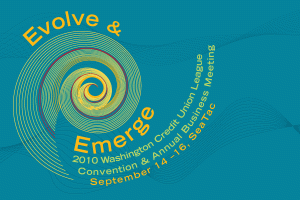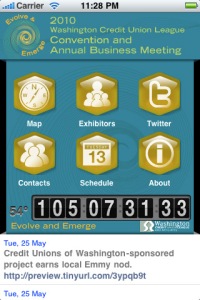Like all of our work at Market Insights, our blog is constantly evolving.
We first launched a Market Insights blog four years ago. Initially, our blog was called Grow Your Bank and was hosted using the Blogger platform. Two years later, after we had a better idea of how we wanted to use our blog to share our ideas and insights, we migrated our blog over to WordPress and gave it a more appropriate name: Market Insights Insider.
Today, we’re moving forward with another important change.
In an effort to make information easier to share and find, we’ve integrated our blog into the Market Insights website. In the process, we’ve redesigned our company site as well. This effort reflects the promise made in our tagline: dedicated to helping you grow. Writing blog posts on a routine basis about relevant topics is one way we continue to demonstrate our commitment to helping community banks and credit unions remain relevant and grow in today’s dynamic marketplace.
We hope that this new format allows us to deliver more frequent posts, share more insights, and prompt more conversations about the latest happenings in the financial services industry. You can find our new blog at:
www.formarketinsights.com/blog
Please take some time to check it out. And don’t forget to subscribe to our new RSS Feed for blog updates. If you’ve listed our blog in your blogroll, please change your link to the new web address.
Thank you for following along. We hope you continue to follow us as we move forward with this exciting next step.




